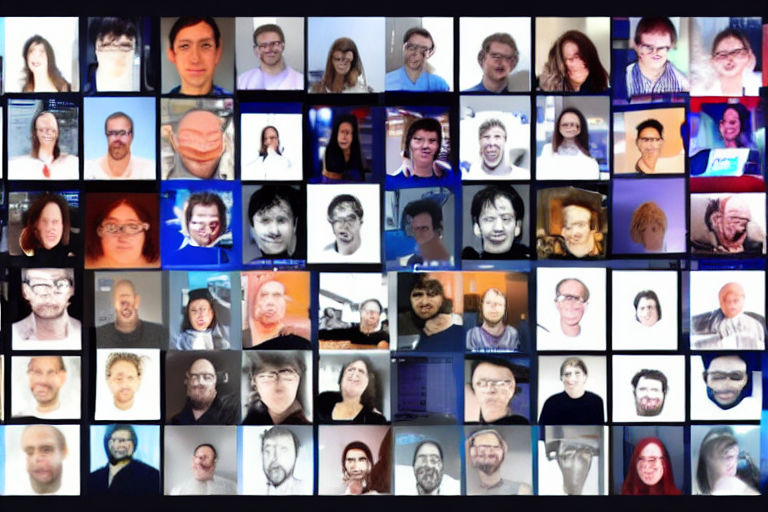The Future of Diagnosing Rare Diseases using TensorFlow
Rare diseases, also known as orphan diseases, are those that affect less than 200,000 people in the United States or less than 5 in 10,000 in Europe. Despite their rarity, there are over 7,000 rare diseases affecting over 400 million people worldwide. Sadly, many of these rare diseases are not well understood, which can lead to misdiagnosis, delayed treatment, and even death.
Fortunately, the rise of machine learning and artificial intelligence has the potential to revolutionize the way we diagnose rare diseases. In particular, TensorFlow, an open-source machine learning platform, is being used to develop powerful diagnostic tools that can quickly and accurately identify rare diseases with a high degree of confidence.
How TensorFlow is used to diagnose rare diseases
The way TensorFlow works is by analyzing vast amounts of data to identify patterns and make predictions. This makes it an ideal tool for diagnosing rare diseases, as it can sift through vast amounts of medical records, imagery, and other data to identify potential diagnoses that might be missed by human doctors.
In practice, TensorFlow is used to develop specialized algorithms that can identify common symptoms among rare disease patients, even when those symptoms might not be immediately obvious to human doctors. This includes everything from subtle variations in blood chemistry to unusual imaging results or other diagnostic tests.
By combining vast amounts of patient data with cutting-edge machine learning algorithms, experts can quickly and accurately diagnose rare diseases, even those that might have stumped human doctors for years. In doing so, they can provide patients with better treatment options and ultimately improve outcomes.
The potential of TensorFlow in diagnosing rare diseases
Although relatively new, the use of TensorFlow in diagnosing rare diseases is a rapidly growing field. Already, experts have used TensorFlow to develop algorithms that can diagnose rare genetic disorders, identify rare cancer types, and even flag potential cases of rare viral infections.
In the coming years, it is likely that TensorFlow will be used to tackle even more rare diseases, helping to provide patients with faster and more accurate diagnoses. This has the potential to not only improve outcomes for those suffering from rare diseases but also provide important insights into the underlying causes of these conditions, which could pave the way for new treatments and cures in the future.
SEO Tips for your rare disease diagnosis site
- Use long-tail keywords such as "rare disease diagnosis" or "TensorFlow for rare disease diagnosis".
- Create informative and useful content such as articles, videos, and blog posts on rare disease diagnosis.
- Optimize your website for mobile devices as many people will be searching for information on their phones or tablets.
- Use social media to promote your content and engage with your audience. This will help you to build trust and establish your expertise in the field of rare disease diagnosis.
- Incorporate backlinks to credible sources in your content. This can help improve your website's authority and improve your search engine rankings.
- Provide accurate and up-to-date information. This will help establish your credibility and improve patient outcomes.
Conclusion
The future of diagnosing rare diseases is bright thanks to the rise of machine learning and artificial intelligence. With TensorFlow, medical professionals can diagnose rare diseases faster and more accurately than ever before. This has the potential to not only improve outcomes for rare disease patients but also provide important insights into the underlying causes of these conditions. As more and more experts turn to TensorFlow for diagnosing rare diseases, it is likely that we will see new treatments and cures emerge, further improving patient outcomes.



